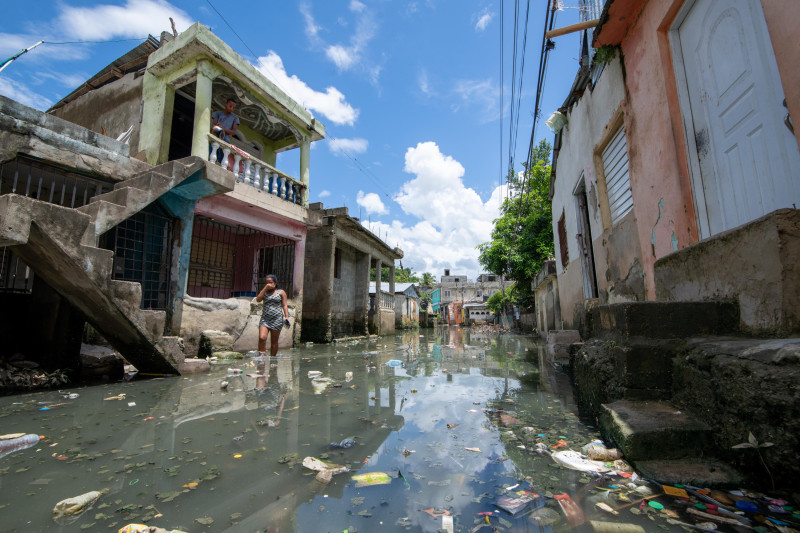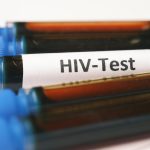Deaths from leptospirosis rise to 26

Cases of leptospirosis tend to increase in the rainy seasons. RAÚL ASENCIO/LD
Santo Domingo – Infectious diseases continue to affect the population in the Dominican Republic, with dengue, malaria, and leptospirosis among the most prevalent.
However, leptospirosis continues to claim lives, with two new deaths, for a total of 26 so far this year, standing out as a threat to the population, especially in this period of rains and floods.
The Epidemiology Department of the Ministry of Public Health report indicates that Epidemiological Week SE 26 registered two new deaths due to leptospirosis, a disease transmitted by animal urine, mainly mice, whose symptoms are similar to those of other infections. This SE 26 covers the period from June 23 to 29.
Nine cases of leptospirosis were reported in just one week, for a total of 305 so far this year. Of these, 35% are suspected, 13% probable, 8.52% ruled out, and only 8% (24/305) are confirmed cases, states the Public Health Bulletin.
“Of all reported cases, the male sex has been the most affected with 73% (229/305). The accumulated incidence of is 5.7 cases per 100,000 inhabitants, with the province of Monte Cristi having the highest incidence with 73.2 cases per 100,000 inhabitants,” he adds about the behavior of this disease.
Dengue
The incidence of dengue, a disease transmitted by the bite of the Aedes aegypti mosquito, has a record of 8,312 suspected cases, of which 670 were reported in the last four epidemiological weeks and 146 during week 26. According to Public Health, confirmed cases to date total 935, and nine deaths have occurred.
In SE 26, seven cases were confirmed, and no deaths.
“Of the confirmed cases as of SE 26,minors are the most affected, with 80%. The male sex accounts for 51%, while the municipalities with the highest number of cases are Santiago, San Francisco de Macoris, Puerto Plata, San Juan, San Jose de Ocoa, and Espaillat province”, specifically about dengue.
Malaria
So far this year, 26,875 suspected cases of malaria have been reported, of which 572 were positive by laboratory tests, and another five were confined during this period.
The number of cases of this disease, also transmitted by mosquito bites, has increased by 278% in the country compared to the previous year, when there were 151.
The accumulated incidence is 10.72 per 100,000 inhabitants. Azua and San Juan provinces have reported 95% of the cases.
Maternal deaths
Three maternal deaths were reported during this epidemiological week, of which one was Dominican and two were Haitian, with a mean age of 30 years and a range of 29-31 years.
They resided in the provinces of Santo Domingo, Santiago, and Azua. From SE 1 to SE 26 of 2024, 85 maternal deaths were reported, of which 56% (48/85) were Dominican and 44% (37/85) were Haitian.
Infant deaths
Regarding infant deaths, during SE 26 of 2024, 46 deaths were reported. This represents a 32% decrease compared to the same period of the previous year. Neonatal infant deaths also reflect a 35% decrease compared to 2023. “Although this decrease is encouraging, it is important to continue working to reduce infant mortality and ensure the health and well-being of children,” Public Health expresses in its report.
















